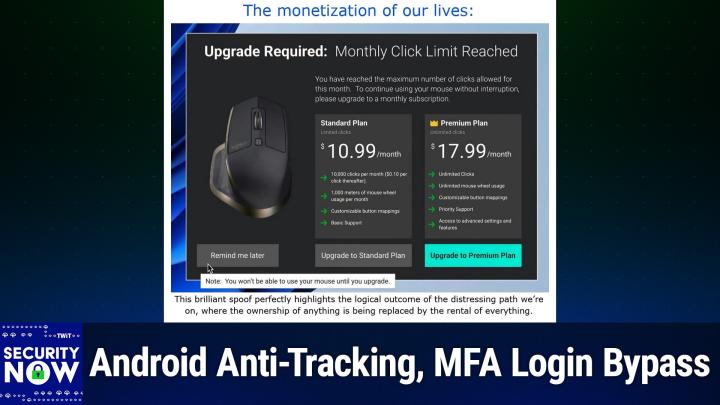The Hidden Risks of Let's Encrypt's Push for Shorter Certificate Lifetimes
AI created, human edited.
In a recent announcement that has raised eyebrows in the cybersecurity community, Let's Encrypt revealed plans to dramatically reduce its certificate lifetime from 90 days to just 6 days. This move, outlined in Let's Encrypt's 2024 annual report by Executive Director Josh Oss, has sparked significant debate about the necessity and potential risks of such a dramatic change.
Let's Encrypt, which currently serves over 500 million websites with free SSL/TLS certificates, plans to introduce this shorter certificate lifetime as a "big upgrade for the security of the TLS ecosystem." The organization argues that six-day certificates will minimize exposure time during potential key compromise events. To handle this change, Let's Encrypt is preparing its infrastructure to potentially issue up to 100 million certificates per day – a striking increase from their current operation.
During a recent episode of Security Now, renowned security expert Steve Gibson presented a compelling critique of this proposal, highlighting several key concerns:
Gibson points out that there's no historical evidence supporting the need for shorter certificate lifetimes. Throughout the podcast's history, there have been zero documented cases of website certificates being stolen and successfully abused. Even during critical vulnerabilities like Heartbleed, there were no verified instances of website spoofing through stolen certificates.
Perhaps the most concerning aspect Gibson identifies is the creation of a massive single point of failure. With 500 million websites potentially dependent on six-day certificates, any disruption to Let's Encrypt's service could have catastrophic consequences:
Every hour of service disruption could affect approximately 3.47 million websites
After just three days of downtime, half of all certificates would expire
A six-day outage would impact every single Let's Encrypt-protected website
Gibson emphasizes that certificate theft alone isn't sufficient for successful website spoofing. Attackers would still need to:
Compromise DNS resolution to redirect traffic
Or manipulate BGP routing
Or physically intercept traffic near either endpoint
The timing of this change is particularly puzzling given that the industry is already implementing improved certificate revocation mechanisms through browser-side CRL (Certificate Revocation Lists) based on Bloom Filter technology. These new systems can revoke compromised certificates within minutes or hours, making the push for six-day certificates seem redundant.
While Let's Encrypt's automation means many users won't need to manually manage these shorter-lived certificates, Gibson advocates for sticking with longer-lifetime certificates where possible. The risks of creating a central point of failure for such a large portion of the internet appear to outweigh the theoretical security benefits of shorter certificate lifetimes.
This change could have far-reaching effects on web infrastructure management:
Increased server load from more frequent certificate renewals
Higher bandwidth usage for certificate distribution
Greater dependency on automated certificate management
Potential complications for non-standard server configurations
While Let's Encrypt has been instrumental in making the web more secure through free SSL/TLS certificates, this move to six-day certificates appears to introduce unnecessary risks without solving any documented problems. As the debate continues, website administrators and security professionals should carefully consider their certificate management strategies and perhaps maintain longer certificate lifetimes where possible.
